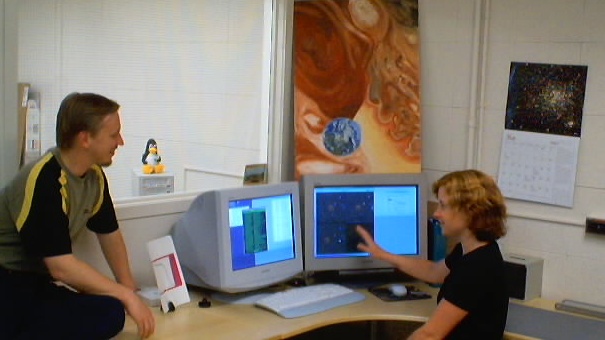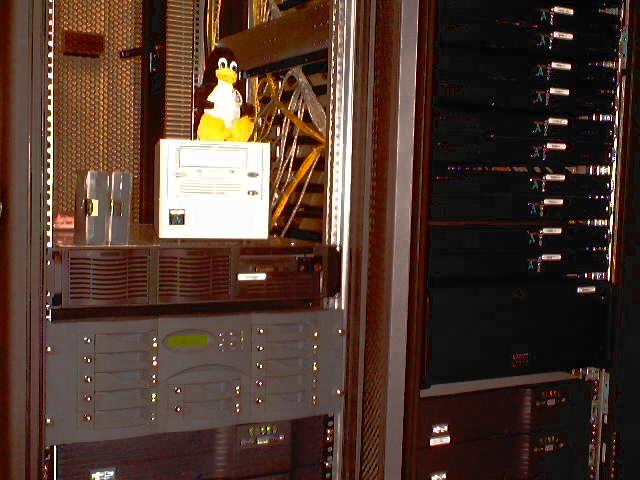
Prospective Graduate Student Information
Faculty Member : Brett Gladman
Prospective students
The application procedure for students to enter Sept 2025 in the
M.Sc.(Astro) and/or the PhD(Astro) degrees are given at:
UBC PHAS Graduate Program Page
Please understand that the entrance is to the PROGRAM and that this
entrance is a competitive process across all specialties in the
department.
I do not expect to be able to support any newly-admitted students
to the program for the September 2025 start date, unless you are
able to come with an externally funded fellowship.
Dear prospective graduate student,
My research covers a wide array of topics which share the common
theme of understanding the origin and evolution of planetary
systems. Students could be involved in either theoretical or
observational research topics, including topics such as:
1. Large-scale numerical studies of planetary dynamics
-- A. Planet formation, especially late stages, both in our Solar System and exoplanetary systems.
-- B. Celestial mechanics, orbital stability
-- C. Dynamics of small bodies (meteoroids, asteroids, comets) in our S.S. and exoplanetary
-- D. Impact history of planetary surfaces in the Solar System
-- E. Exobiology : Interplanetary transfer of bacteria in meteorites
2. Observational studies of small bodies of our solar system.
-- A. The satellites systems of the giant planets
-- B. The Kuiper Belt (the
Canada France
Ecliptic Plane Survey ) and the
OSSOS project.
-- C. Main belt asteroids
You can find a link to my full ADS list at the bottom of my main web
page (follow the last link on this page and then then last link on
my home page).
Facilities
The Planetary Sciences lab has a 276-core Beowulf cluster (named
LeVerrier) which is used dominantly for astronomical dynamics
calculations.
The many terabytes of observational data are analysed on several
powerful Linux workstations which are connected to large, fast
disk arrays. Observations regularly occur at the best
telescopes around the world (Chile, Hawaii, Arizona, Spain, and
Canary Islands islands) providing a broad observing experience.

Left :
In the UBC planetary sciences laboratory
of the Physics and Astronomy department, with
postdoctoral research fellow Lynne Allen, looking
at images of a newly-discovered moon of Jupiter.

Left:
A close-up of some of the
LeVerrier beowulf cluster,
built by Aspen Systems, Inc.
The cluster consists of 76 Opteron
2.2 GHz 64-bit CPUs, and 25
dual quad-core Intel em64t CPUs.
LeVerrier is optimised for very CPU-instensive
calculations.
Also visible are one of the cluster's
multi-Terabytes RAID arrays (120 TB total),
used for the storage and processing of the imaging
data from the
Canada France Ecliptic Plane survey
 and OSSOS survey.
and OSSOS survey.
The cluster runs a Linux operating system
and uses torque-PBS as a scheduler.
The cluster has been in continuous more than
95% of the time
since its installaion in August 2003.
Users interested in
using LeVerrier may contact Gladman.
Students working on thesis projects with me will also
be exposed to the research of the faculty members in
the
Institute of Planetary Science
at UBC, providing exposure to many different
aspects of planetary science.
See the Institute's
web pages for more information.
Links
Go to URL:
UBC Astronomy Graduate Home Page
if you are browsing the faculty pages.
Brett Gladman's home page
for information on how to contact me.
 and OSSOS survey.
and OSSOS survey.


